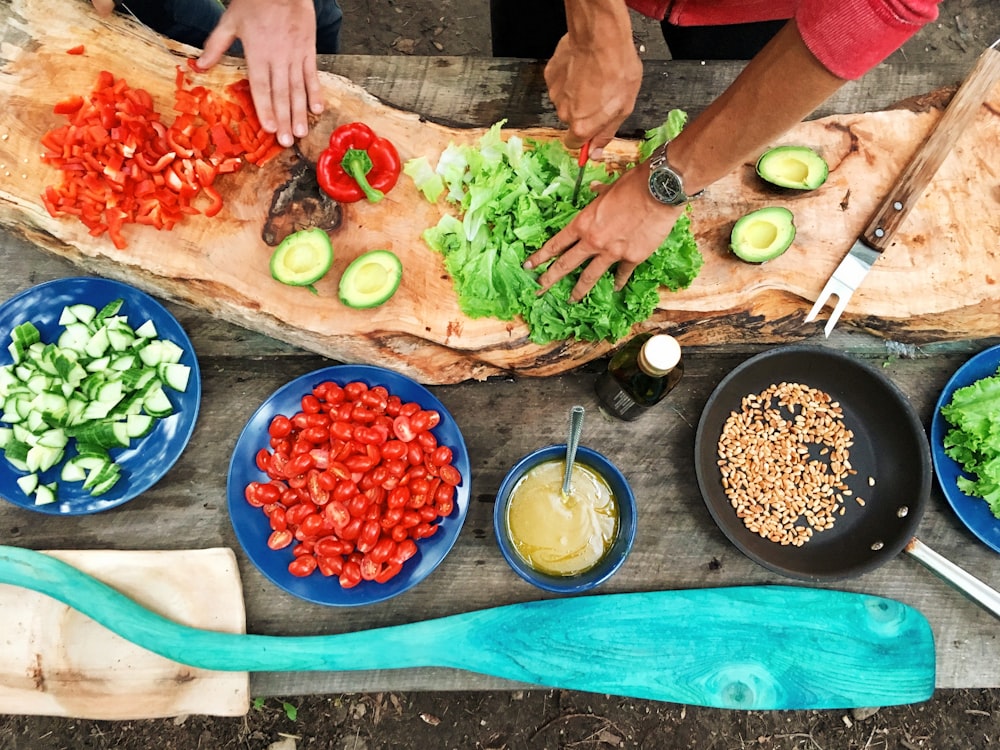How Social Media’s Move Into ‘Short Form’ is Changing the Food World
In the twenty years since it first made its way onto our monitors, social media has undergone such a remarkable transformation – both in terms of its significance in our day to day lives, and its capabilities and value in the wider contexts of the world wide web – that we could be forgiven for barely recognising it against its comparatively humble roots today.
From Facebook to relative newcomer TikTok, the platforms many of us utilise on a daily basis in order to connect with friends, family and strangers from far flung places all appear – at least on the surface – to be incredibly different. There is, however, a growing sense among users and industry commentators alike that each of these entities is entering into a period of homogeneity – one marked in particular by ‘short form’ content.
Instagram and Facebook each boast a ‘Stories’ feature, while TikTok is built entirely upon the notion of short form video and audio content. YouTube, while not a social media platform in a tradition sense, is also embracing this format – as is Spotify, which recently unveiled their own Stories feature with which creators can enhance their outreach to fans:Add some music to your story 📖
— Spotify (@Spotify) August 30, 2019
Audio sharing to Facebook Stories is now available.pic.twitter.com/HSBgmxYd8G
So, whatever your opinion on the differences – or lack thereof – between social media platforms, the trend toward short-form video content is plain to see. While almost every interest, genre, trope and style imaginable has been explored via this medium, the transformation that the world of food and drink has seen is, arguably, head and shoulders above any other genre.
Food, Tech, and the Call for Creativity
It is a sad fact of life that, while we can utilise cutting edge technology recreate real-world places and experiences with stunning accuracy, even the most advanced gadgets and devices remain incapable of capturing the spirit of food for viewers. We are no closer to digitalising taste and smell than we were decades ago – much to the chagrin of food stylists and advertising creatives everywhere.
As a result, transferring anything food-related onto the web calls for extreme levels of creativity. From filling digital recipes with award-worthy photography, to lacing popular games like casino.com/ca/slots/
So, how does short form content fall into this?
Digital recipes, whether written or captured on film, are nothing new, but in the early days of amateur content creation, these videos tended to follow the format first created by television chefs. There is, of course, nothing wrong with this – while they may have had their heyday back in the 80s and 90s, television chefs remain staples on every network out there.
Still, the internet is far fickler. It is famous for shortening our attention spans and, in order to keep up with audiences, creators need to be able to capture the essence of something much quicker – and in fewer words – than a forty-five minute television segment would allow for.
Buzzfeed saw great success, for instance, in offering a sped-up, birds-eye-view of their recipes – something which achieved virality more than once in the early days of short-form:
With more and more people spending their downtime on content sharing apps like TikTok, Instagram, and YouTube, then, condensing entire recipes into their salient points, editing out extraneous details, and focusing only on what will catch the eye of the viewer – in this case, the food itself – has transformed the ways in which we offer our followers recipes. Creators can find their niche more quickly, whether that’s offering vegan substitutions or sugar-free alternatives, and they can focus on it without waxing lyrical just to kill time.
Creators who do not have the space or funds to create lavish sets – or the stage presence to carry almost an hour singlehandedly – now have more opportunities than ever before to stand out, and to appeal to what it is that internet users truly want: succinctness, originality, and no wasted words.


No comments :
Post a Comment
Thanks for the feedback!